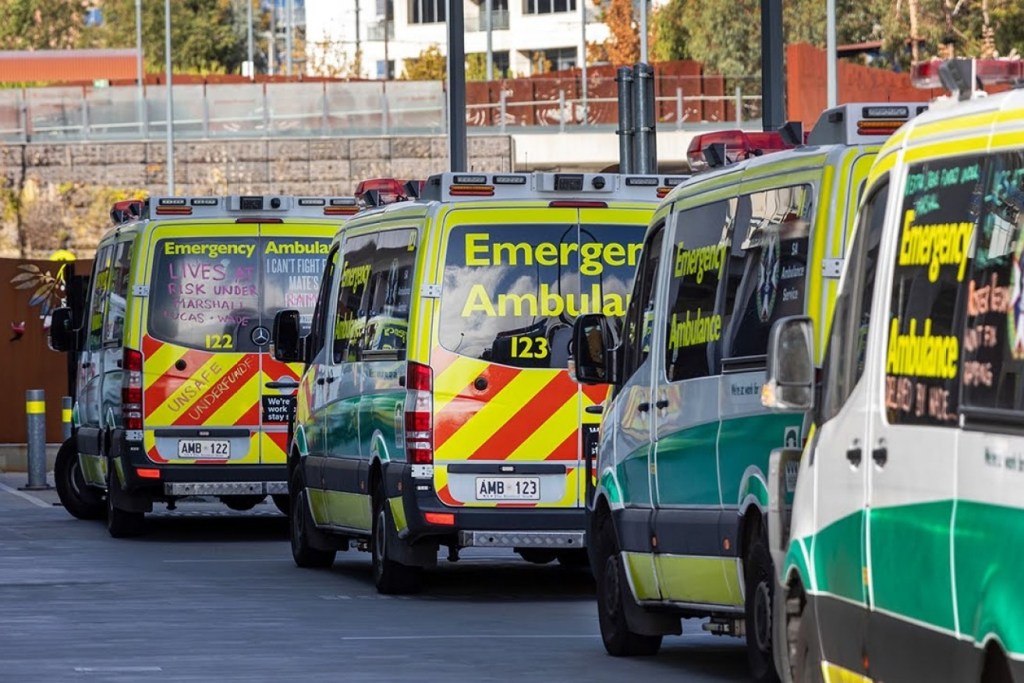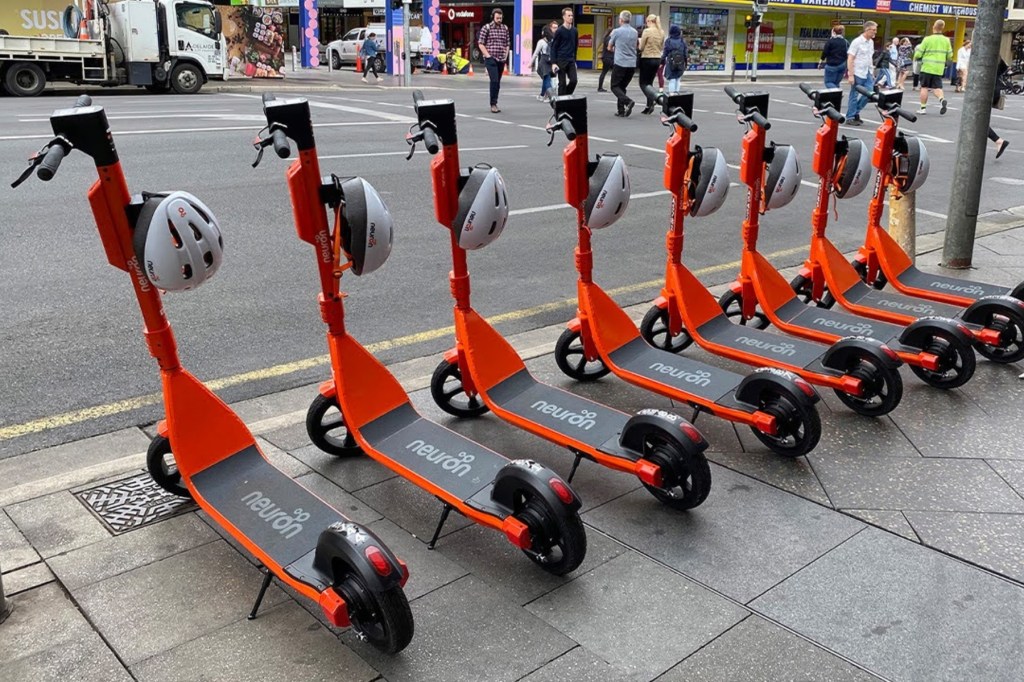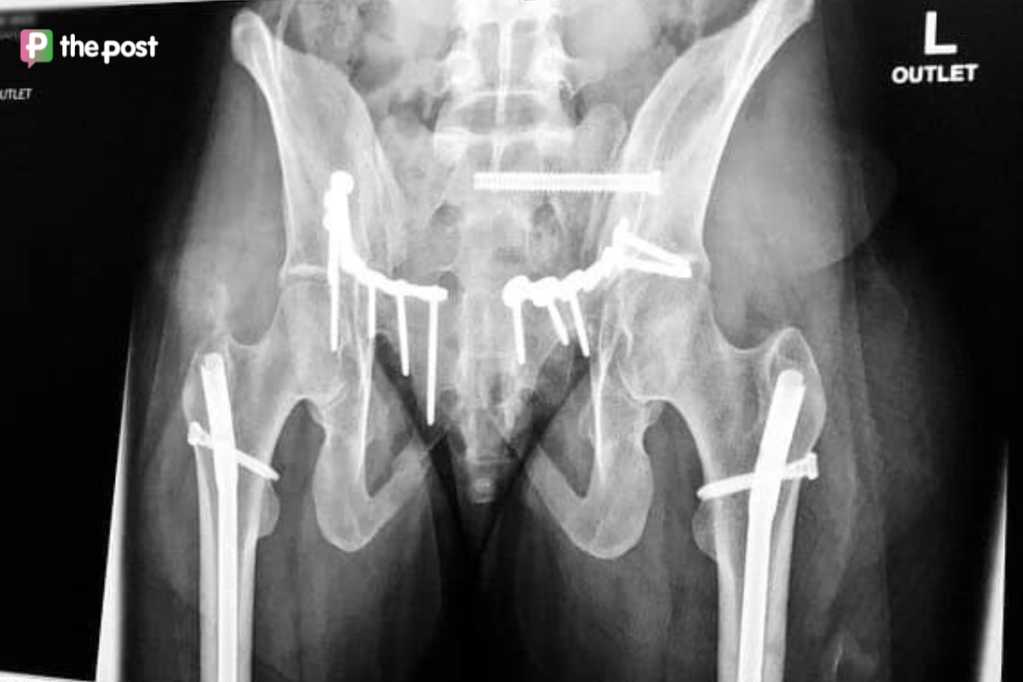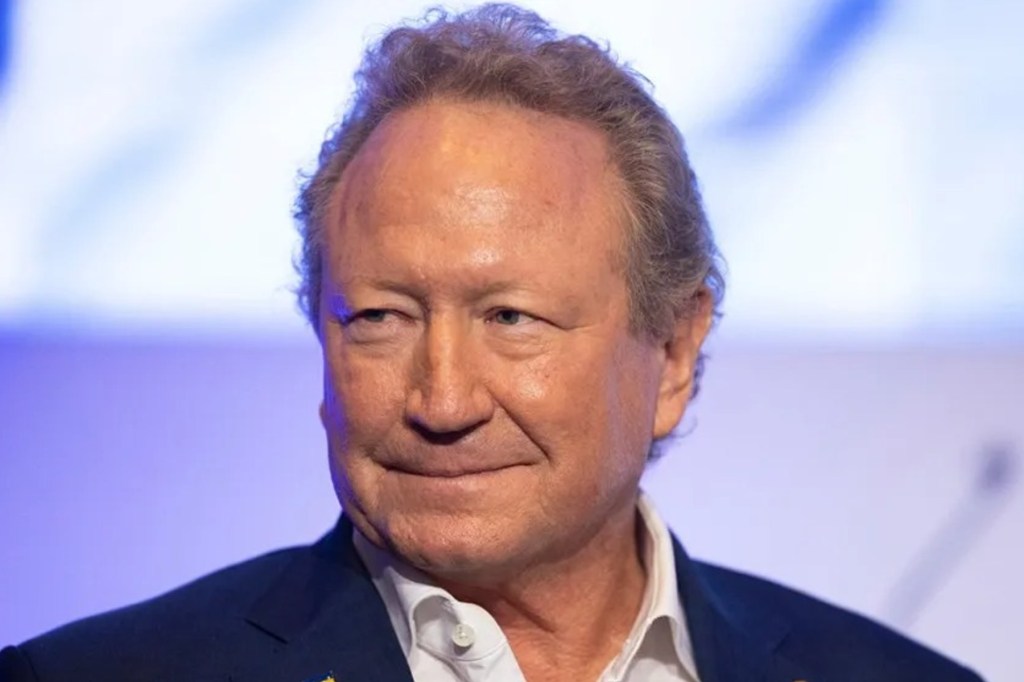SA loses best economy title to interstate
South Australia has narrowly lost its mantle as the nation’s best economy but remains on top for economic growth and housing commencements.
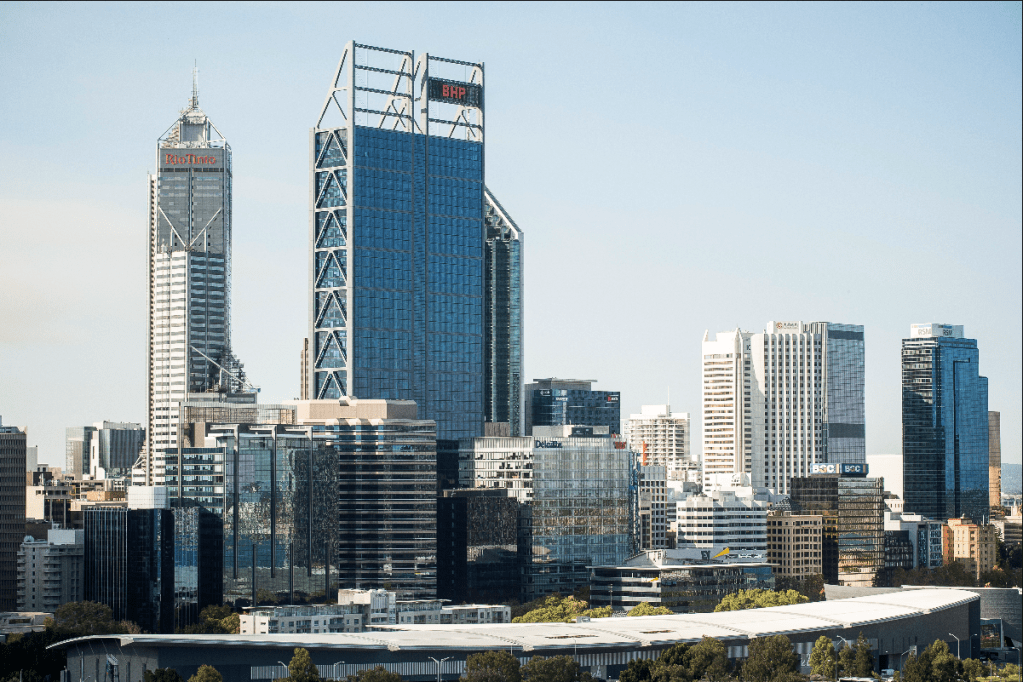
South Australia had topped CommSec’s State of the States reports three times straight but has been demoted by Western Australia to second place, with Victoria slipping to fourth spot.
Not since July 2014 has WA topped the CommSec report, which gauges their economic performance and momentum based on eight indicators.
While losing top spot, South Australia remained the top performer when it came to real economic growth and housing commencements, but the latter figure was 3.9 per cent below the decade average.
In the October quarter report released on Monday, resource-rich WA comes first in retail spending, relative unemployment and population growth.
This is on the back of the nation’s economies being supported by a resilient jobs market and strong population growth at a time where consumers are facing high inflation and borrowing costs, CommSec chief economist Ryan Felsman said.
“What we have seen in Western Australia is broad-based growth in the private sector, and that’s being supported by the resource sector,” he told AAP.
You might like
SA Treasurer Stephen Mullighan said that maintaining second spot was “a very positive sign for the South Australian economy”.
“While it’s disappointing to lose top spot to Western Australia in a close contest, it was always going to be difficult to compete given their current advantages,” he said.
“In the face of a national economic slowdown, this report highlights that South Australia continues to outperform the rest of the nation.”
The January CommSec report marked the first time South Australia had been in the top spot in the report’s 14 years.
South Australia ranked highest for economic activity, 8.4 per cent above its long-term average output level. The state’s equipment investment was at a record high, up 14 per cent.
CommSec said a buoyancy in mining and strong population growth were supporting Western Australia’s housing and labour markets.
Stay informed, daily
WA’s population has ticked past three million people for the first time, with the state’s rapid growth adding a million people in the past 20 years.
The report, which judges performance relative to each jurisdiction’s historic benchmark, places Queensland in third place, having jumped up two spots due to increased home lending, which is up by 39 per cent on the long-term average.
Higher interest rates were really affecting the southeastern states and territories, Felsman said.
Victoria slipped one spot to fourth despite leading on construction work done amid its Big Build projects, while Tasmania climbed to fifth and the Australian Capital Territory fell to sixth.
Despite being the largest state economy, NSW continues to languish at seventh spot as the “rate-sensitive” state grapples with its expensive, slowing housing market.
“There is a slowing in home price growth, and households are more heavily indebted in places like Sydney and that is weighing on retail spending, along with business investment and dwelling starts,” Felsman said.
The Northern Territory has again ranked last.
In terms of the annual growth rates of the eight indicators assessed, WA, QLD, and the NT lead the pack, while SA was in sixth spot for economic momentum.
“Those states are focused on the resources sector and while China’s demand has weakened, there are hopes for stimulus there,” Felsman said.
“We have seen the broad easing of monetary policy around the world, including China, which also provides some support for industrial metal prices, copper, nickel, zinc.”
Expectations the Reserve Bank would cut interest rates at least in the first half of 2025 would change the fortunes of some states and territories considerably, particularly the ones that were lagging at the moment, Felsman said.
– with AAP
